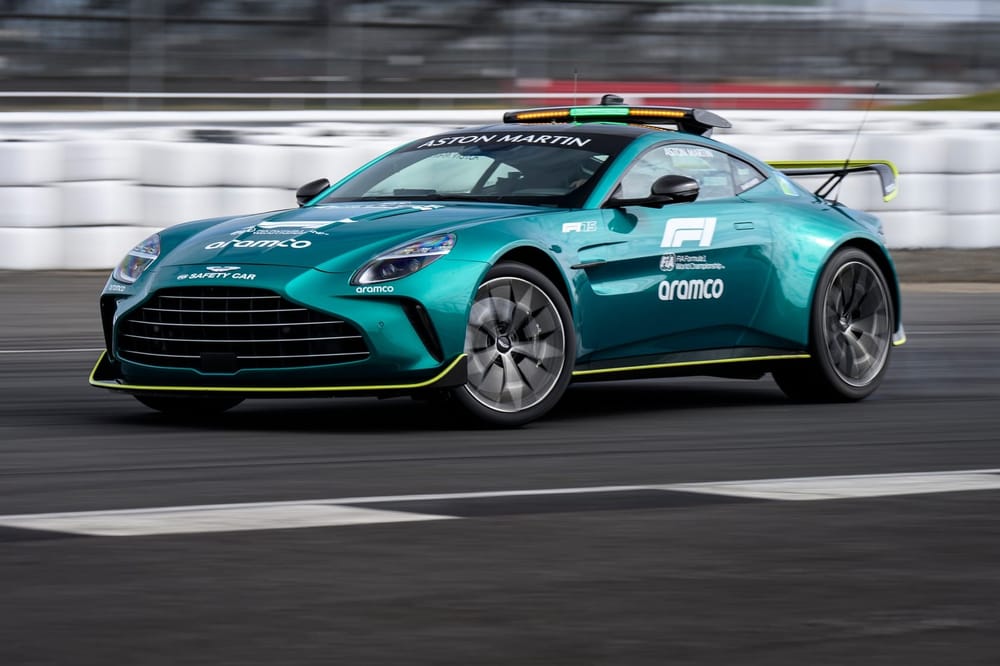Which car has the third-highest tally of laps led over the 2025 Formula 1 season so far, having headed the field for 127 laps across four different race weekends?
McLaren comfortably leads that chart right now on 419, then it's Red Bull on 181.
After that, far ahead of Mercedes (54) and Ferrari (22), comes the car most likely to lead a grand prix on any given Sunday: the F1 safety car.
It's the car most capable of spicing up a race and the driver at the wheel has even more F1 experience than Fernando Alonso.
Since last year, F1 has used a pair of Aston Martin Vantages, alongside the Mercedes AMG GT, as its official safety car for half of the races.
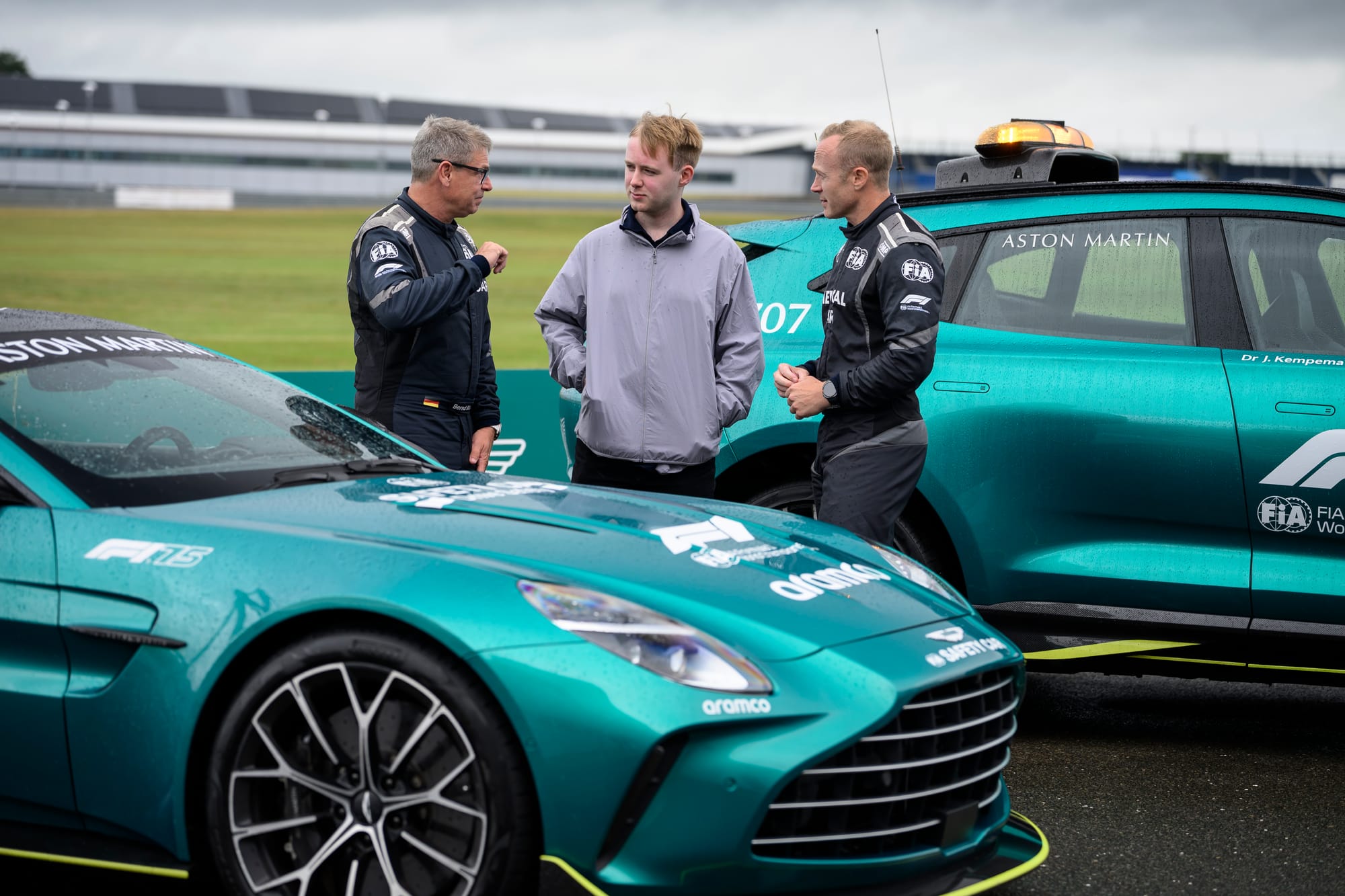
The Race was fortunate enough to get behind the wheel of both the Aston Martin Vantage safety car and the Aston Martin DBX 707 medical car at Aston Martin's Stowe test circuit within Silverstone last month.
We also sat down with safety car veteran Bernd Maylander and medical car driver Karl Reindler to better understand two often overlooked F1 roles with paramount importance to the running of a grand prix weekend.
Here's what we learned:
These are racing machines
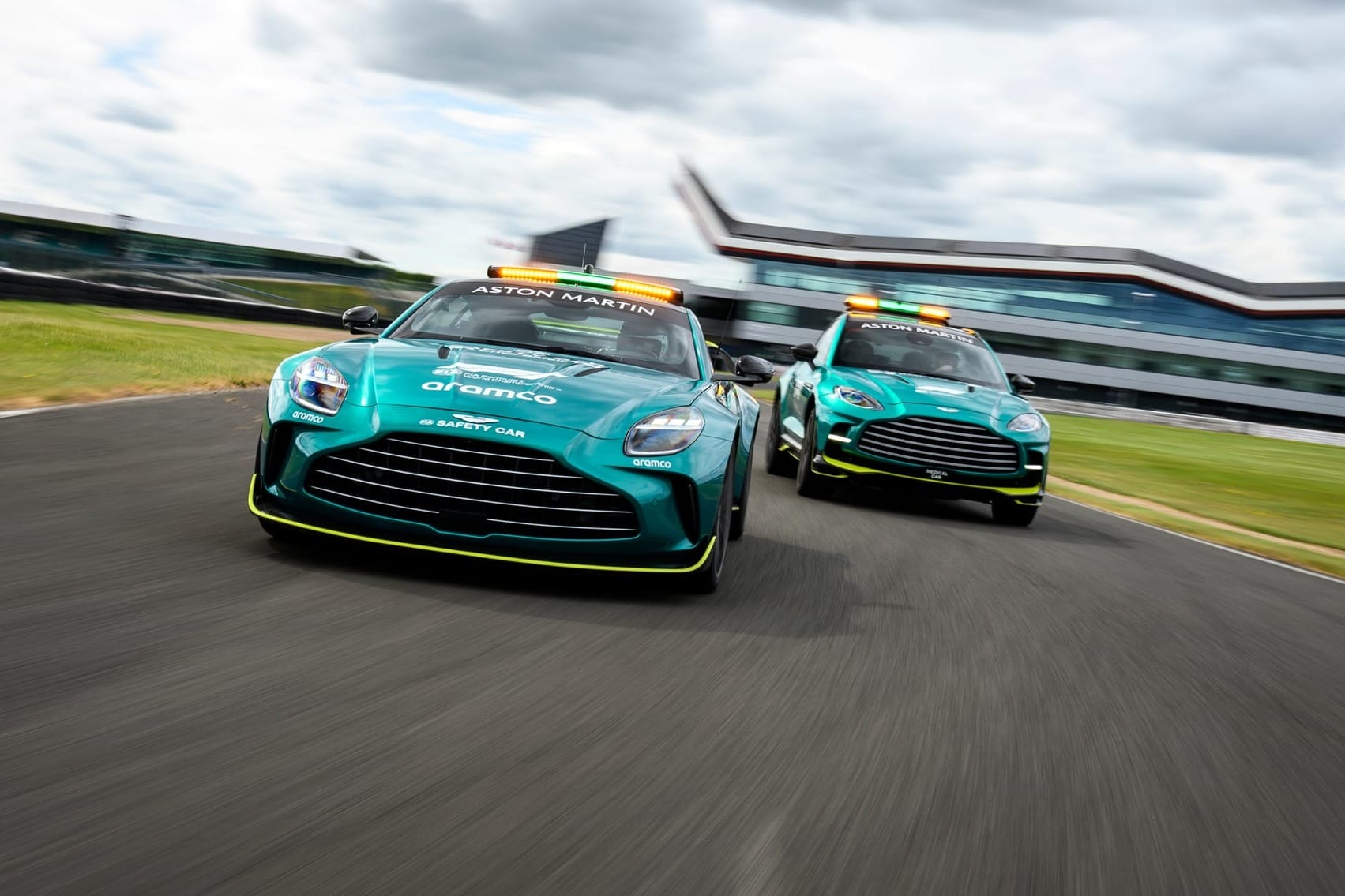
You'll often hear F1 drivers complaining that the safety car is driving too slowly, but rest assured: the Aston Martin Vantage is a racing beast when pushed to its limits.
It's based on the road car of the same name - already an impressive baseline - but it's been upgraded for the race track, with Pirelli tyres, bespoke underfloor aero and a profiled and extended rear wing and front splitter.
It's powered by a hand-built 4.0-litre twin-turbo V8 engine that allows the car to accelerate from 0-60mph in just 3.4 seconds.
And you really feel that power. Aston Martin's Stowe circuit has a great blend of chicanes, hairpins and straights to push the car to its limits, as Maylander showed The Race via a series of passenger laps.
Even when it was time to put our amateur hands on the wheel, you could feel the immense torque out of the corners, with a quick correction needed out of the hairpin to avoid testing its off-road ability.
The stability and grip through the corners is insane too, something that's much needed when you have a pack of raring-to-go F1 drivers and cars bottled up behind you.
They have their own practice sessions
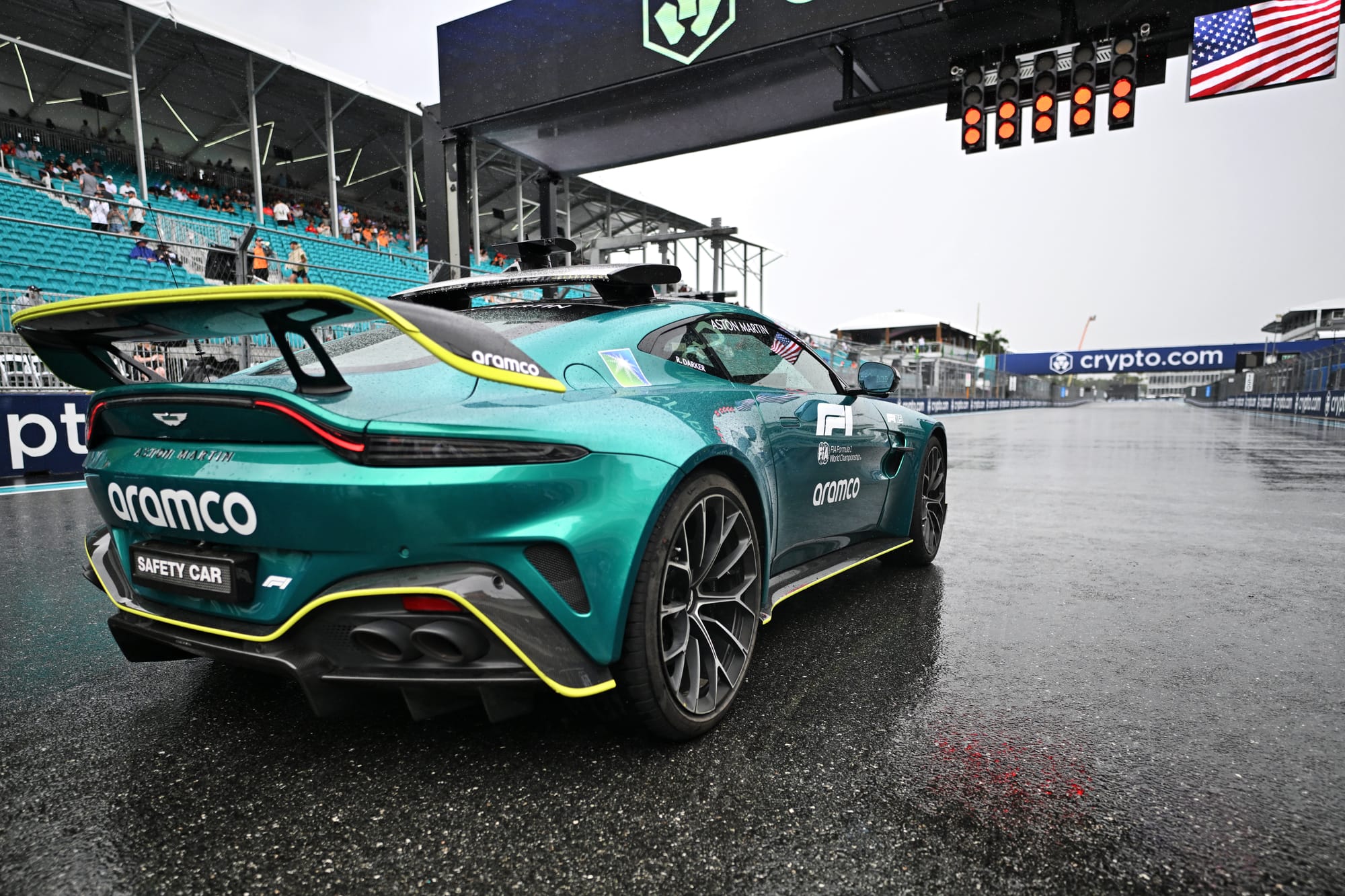
Much like the majority of F1 drivers, the safety and medical car drivers arrive on the Wednesday before a grand prix and have their first day at the track on Thursday, where important preparation is completed.
"Right at the beginning of the weekend, we walk the track," Reindler told The Race.
"There's a lot of preparation that goes into it. It doesn't matter if we've been at a circuit 500 times or it's the first time. We'll always walk the track as a team.
"I'm looking at the track from a performance perspective, but also how can I get to the medical centre as quickly as possible? For Bernd, it's purely performance-based. But also, you need to understand everything, all the moving parts in Formula 1, you need to know where the exit points are around the circuit, potential shortcuts.
"From there, typical communication checks around the circuit, we've got the main radio, the back-up radio and the handheld.
"Slow lap in both cars, so I'll take both 707s and Bernd will take both Vantages and very casual pace just to every corner, we do a communication check on main radio, back-up radio. Communication is absolutely critical for both of us for different reasons.
"There are procedural checks, we'll do a simulated race start. Bernd will be on pole position. I'll be on P2. We'll do an aborted start, quite often we do a red flag sequence just to check systems are working the way that they need.
"Lots of check-ups and then it's effectively a one-hour practice session for us to push the limits on the car, find out what the limit is on the Thursday and the track evolves a lot depending on if it's a street circuit or a permanent circuit, so just assessing the car making sure there's no complications or issues.
"It's so seamless now - you go out there, we push the cars, these four cars [and the Mercedes AMG quartet] are the eight hardest-driven road cars in the world as far as I'm concerned. I don't think there's many road cars that are driven as hard as this, as frequently as this throughout the year."
They're F1's 11th team
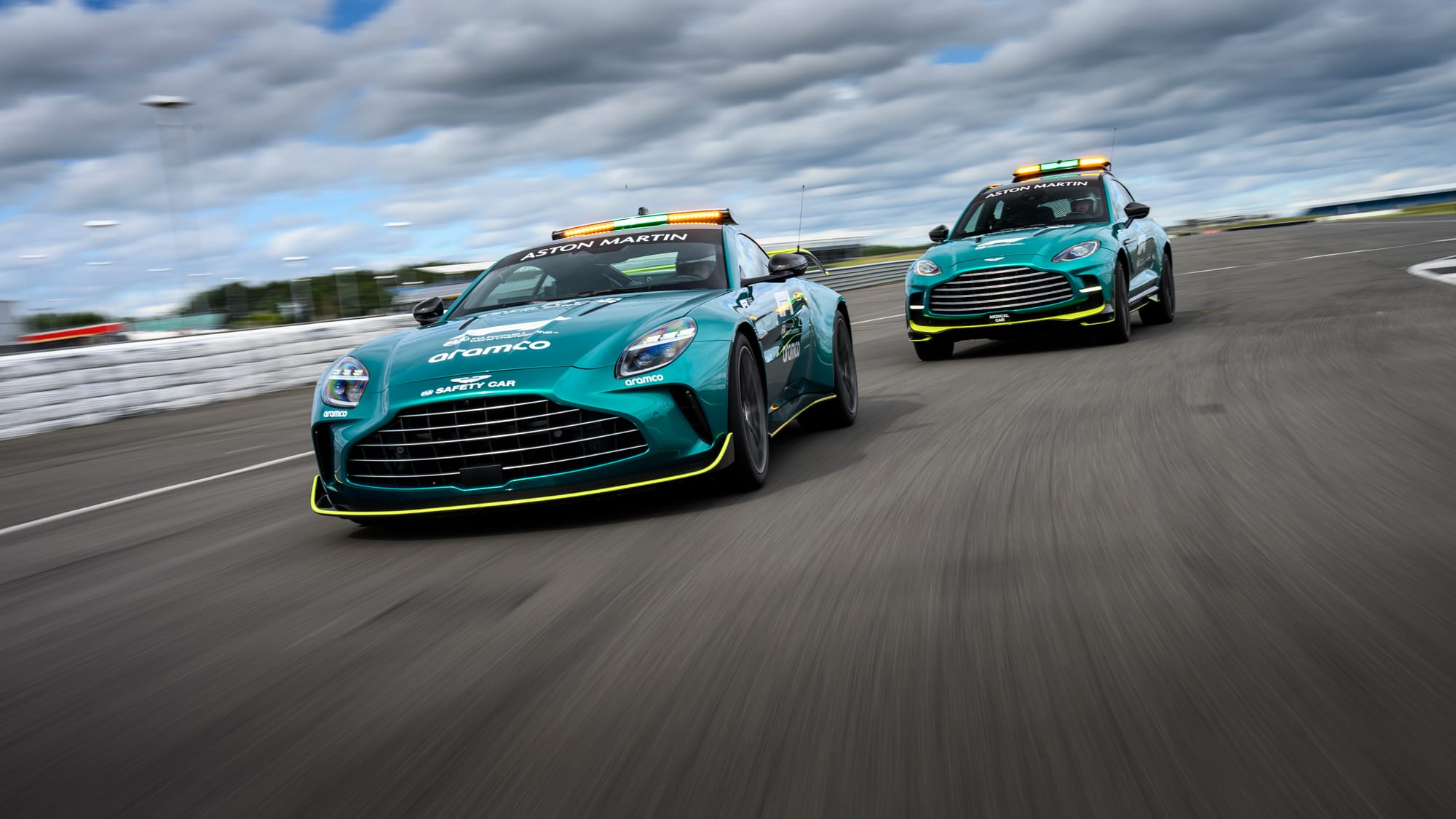
There's a team of engineers around both cars, effectively making the safety and medical cars part of F1's 11th team.
"There are three guys with us, it's an incredible team, it feels like a real race team for us. It reminds me of when I was competing in motorsport," said Reindler, whose racing CV includes an Australian Formula 3 title, a Bathurst 12 Hour class podium and an A1GP podium.
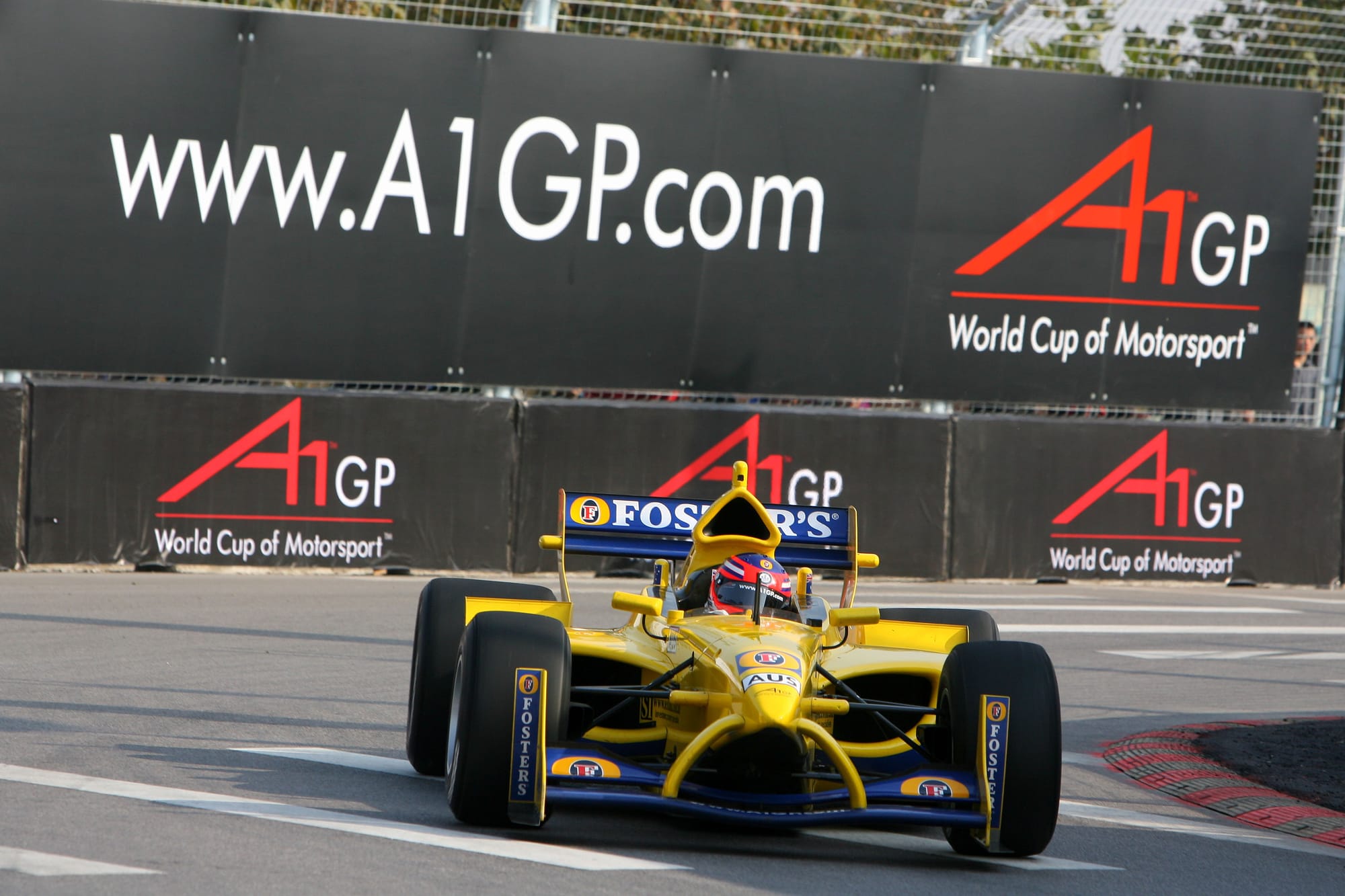
"They look after you, they always want feedback, they've always got your back. We put so much trust in them."
They use that Thursday practice session to understand what tyre pressures are needed for the weekend, and then there are further track tests across the weekend to make sure the set-up of the cars evolves with the changing track conditions.
The medical car needs to be on standby for every F1 session and all of the support races, meaning Reindler and the doctors in the passenger seats can often be sitting in the car on a Friday for around seven hours, just in case there's an on-track incident they need to attend to.
The trackside marshals are essentially part of the team, with simulated accidents and simulated safety car restarts (where Maylander drives the safety car with Reindler piloting the medical car as the pseudo lead F1 car) through the weekend to ensure the marshals are up to speed on safety car and red flag procedures.
"It's very important that everything works in the perfect way, even if something goes wrong in the morning [tests], we still have the next morning to teach them again," Maylander told The Race.
"We try to make everything to 100%, 99% is not enough."
Generally, the safety car manages to do the entire weekend on one set of Pirellis, only changing if there's been a large number of deployments before the grand prix.
Why they drive 'too slowly'
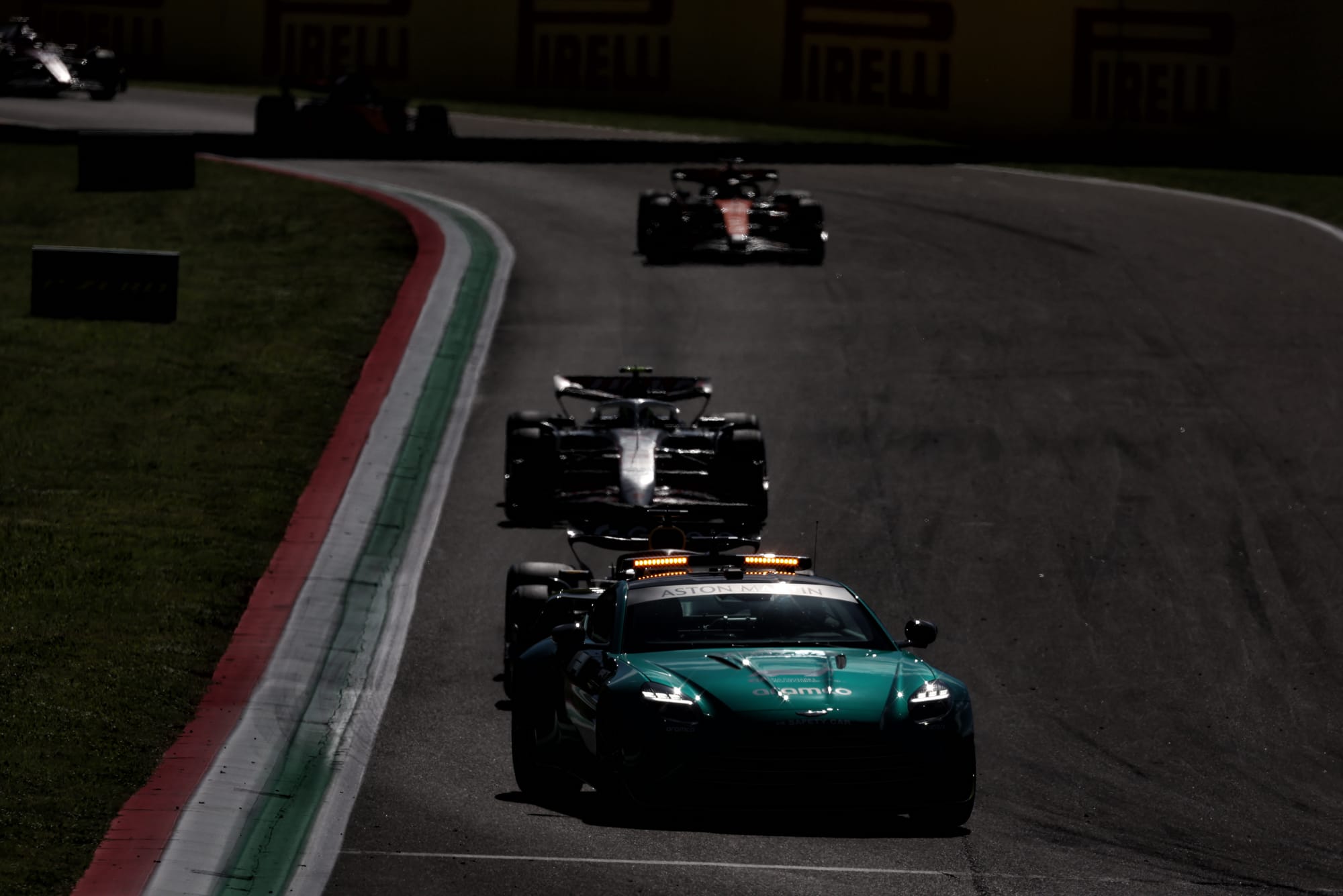
Maylander is in constant communication with race control, being ready on standby to be deployed and constantly feeding back information when he's leading the field.
This is particularly important in wet conditions, where Maylander uses his experience to update race control on how tricky the track is to drive.
He has an important role in bunching the field up in order to create the gap on track for the marshals to get to work in before the next F1 car passes them.
"Sometimes we're going very slowly if the track is blocked by debris. That's mostly the moment when some drivers complain, 'The safety car is too slow', because they don't know this information, maybe," Maylander explained.
"It's up to the situation and what happens on track and what the reason is for the deployment. If you have a blocked track, you have to give marshals time to [clear it], the only way to make that happen is by driving slower.
"Your job is to protect the marshals and the people behind me as well. That's not in our hands, the communications between teams and drivers, they should know it because they get many things on the display. When I'm in front, what happens there and the reason we're not going flat-out or why we're not going quicker.
"At the beginning of the race, it's easier because they're all together, then in end of the race like in Barcelona, the cars are completely [spread out], so we have to bunch them together before the restart and that takes a while.
"Not all the journalists are updated in the right way. They say, 'Why is the safety car out for another lap?' Because now we have to allow the lapped cars to unlap themselves and that takes a while.
"It was really quickly done in Barcelona, but still we have to give them a few metres' distance to the leader, and sometimes that takes another lap."
Driving fast is the easy part

Maylander and Reindler have had successful driving careers and at 54 and 40-years-old respectively, both still have the speed needed. But as Reindler explained, that's not the key requirement.
"Driving the car fast is honestly probably the easiest part of the role," he said.
"There are a bunch of people in the world who can drive the car fast, but it's the situational awareness, having full 360-degree awareness of what's going on around you, that's important."
Pace management is a key part of the skillset too, at times meaning they have to go against their racing instinct to drive as fast as possible.
"As an ex-race driver, you always love to go as quick as possible, and we can go quicker, but we have to slow down, stay cool, think what is our job and wait for the calls," Maylander said.
Maylander is the most experienced driver in F1, having made his debut at the front of the field at the 2000 Australian Grand Prix. He's missed very few races since then and has been deployed hundreds of times.
You'd be hard pressed to find a longer-serving F1 role, Maylander having been active under multiple different race directors, a handful of FIA presidents, and led a completely changed F1 grid.
You don't stay in a job like that for 25 years unless you do it diligently with the kind of professionalism and calm, methodical approach that makes Maylander an integral component in the smooth running of an F1 weekend.
Want more from Maylander and Reindler? They answered more questions from The Race Members' Club on Patreon. Sign up and head to this post


